BLOG
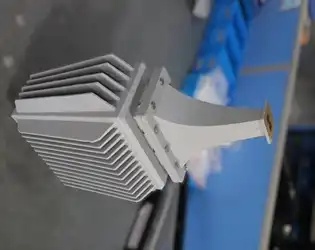
March 17, 2025
Double Ridge Waveguide Loads represent a significant advancement in microwave technology, offering numerous advantages over conventional waveguide loads. These specialized components are crucial in high-frequency applications where precision and reliability are paramount. Double Ridge Waveguide Loads feature an innovative design with two ridges extending into the waveguide, creating a uniquely optimized electromagnetic environment that delivers superior performance characteristics. When comparing Double Ridge Waveguide Loads to traditional rectangular or circular waveguide loads, the difference becomes apparent in their enhanced bandwidth capabilities, improved power handling, and more compact design profile. For engineers and technicians working in satellite communications, defense systems, or advanced testing environments, understanding these advantages is essential for selecting the optimal components for their specific applications.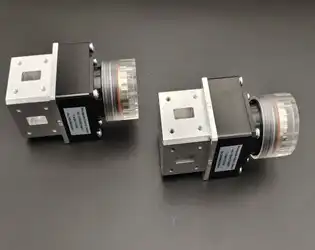
What are the common applications of Waveguide Electromechanical Switches?
March 14, 2025
In the rapidly evolving field of microwave technology, Waveguide Electromechanical Switches have emerged as crucial components in various high-frequency applications. These sophisticated devices serve as essential elements in modern communication and radar systems, enabling precise control of microwave signal routing. Waveguide Electromechanical Switches are particularly valued for their reliability, excellent RF performance, and ability to handle high power levels. Their applications span across multiple sectors, from satellite communications to defense systems, making them indispensable in situations where robust and dependable microwave switching is required. Understanding their common applications is vital for engineers and system designers working in these fields.
In which fields are Elliptical Waveguides mainly applied?
March 14, 2025
Elliptical Waveguides represent a critical advancement in microwave transmission technology, offering unique advantages that make them indispensable across several high-tech industries. These specialized waveguides, characterized by their elliptical cross-section, have become essential components in modern communication systems where signal integrity and transmission efficiency are paramount. This article explores the diverse applications of Elliptical Waveguides, examining how their distinctive properties address specific challenges in various technological fields and why they continue to be the preferred choice for demanding high-frequency applications. Elliptical Waveguides are primarily applied in satellite communications, telecommunications infrastructure, radar and defense systems, and broadcasting networks. Their unique geometry provides superior performance in handling high-frequency electromagnetic waves with minimal signal degradation. These specialized transmission lines have become indispensable in applications requiring exceptional bandwidth capacity, low signal attenuation, and resistance to environmental interference. The elliptical design offers an optimal balance between mechanical flexibility and electrical performance, making these waveguides particularly valuable in complex installation environments where traditional rectangular or circular waveguides might prove inadequate.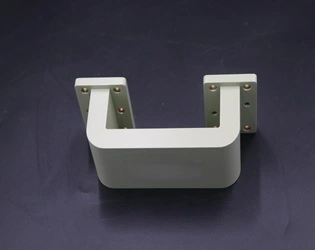
What is a Double-bend Waveguide and how does it differ from traditional waveguides?
March 14, 2025
Double-bend waveguides represent a significant advancement in microwave transmission technology, offering unique solutions to complex routing challenges in modern communications systems. Unlike traditional straight waveguides, double-bend waveguides incorporate two precisely engineered bends that allow electromagnetic signals to navigate changes in direction while maintaining signal integrity. These specialized components feature carefully calculated geometries that minimize reflection, standing waves, and insertion loss—critical factors in high-frequency applications. The distinctive design of double-bend waveguides enables efficient signal propagation in confined spaces and complex system layouts where traditional straight waveguides would be impractical or impossible to implement, making them essential components in satellite communications, radar systems, and other advanced microwave applications.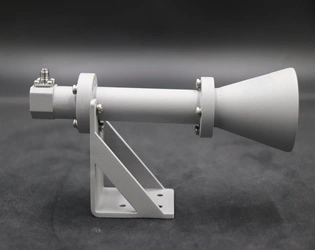
March 13, 2025
In today's rapidly evolving telecommunications landscape, Dual Linear Broadband Circular Polarization Horn Antennas have emerged as crucial components in modern communication systems. These sophisticated devices combine dual linear polarization with broadband capabilities, offering unprecedented versatility and performance in various applications. The technology behind these antennas has revolutionized how we approach satellite communications, radar systems, and wireless networks. By leveraging advanced polarization techniques and broadband functionality, these horn antennas provide superior signal quality, enhanced coverage, and improved resistance to environmental interference.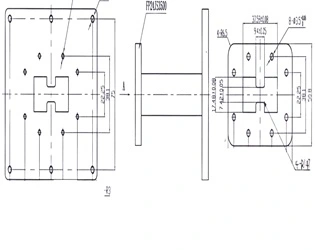
What's the Working Principle of Waveguide Anti-leak Gasket?
March 13, 2025
Waveguide anti-leak gaskets are critical components in microwave transmission systems that prevent electromagnetic wave leakage at connection points. These specialized sealing devices work based on electromagnetic shielding principles, creating a continuous electrical path between waveguide flanges. The Waveguide Anti-leak Gasket functions by establishing perfect contact between mating surfaces, eliminating any gaps that could allow signal leakage or environmental interference. By maintaining impedance matching and preventing signal degradation, these gaskets ensure optimal performance in high-frequency applications across satellite communications, radar systems, and defense technologies.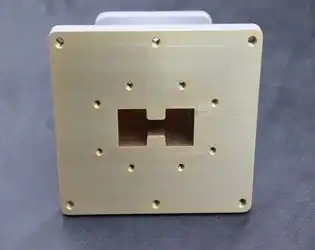
How does Double Ridge Straight Waveguide compare with single ridge ones?
March 13, 2025
When it comes to high-frequency signal transmission in modern microwave systems, the choice between Double Ridge Straight Waveguide and single ridge waveguides can significantly impact system performance. Double Ridge Straight Waveguides offer superior bandwidth capabilities, operating across a broader frequency range while maintaining excellent power handling capacity. Compared to their single ridge counterparts, these waveguides provide reduced cutoff frequencies, improved impedance matching, and enhanced signal integrity—crucial advantages for demanding applications in satellite communications, radar systems, and defense technologies. Advanced Microwave Technologies Co., Ltd, with over 20 years of industry experience, has perfected the design and manufacturing of these essential microwave components to meet the increasing demands of modern high-frequency applications.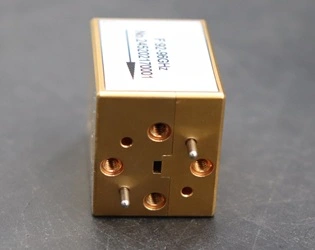
How Does a Waveguide Isolator Prevent Signal Reflection and Backpropagation?
March 12, 2025
In the realm of microwave transmission systems, maintaining signal integrity is paramount. Signal reflection and backpropagation are common challenges that can severely degrade system performance and potentially damage sensitive equipment. Waveguide isolators represent an elegant and effective solution to these problems. These specialized devices allow microwave signals to propagate freely in the forward direction while effectively blocking signals traveling in the reverse direction. This unidirectional characteristic makes waveguide isolators essential components in many high-frequency applications, including radar systems, satellite communications, and advanced telecommunications infrastructure. A waveguide isolator functions based on the principles of Faraday rotation, utilizing ferromagnetic materials under the influence of a permanent magnetic field to create non-reciprocal transmission properties. This specialized design enables the isolator to provide high forward transmission with minimal loss while simultaneously offering substantial attenuation (typically 20 dB or more) for reverse signals. By preventing signal reflection and backpropagation, waveguide isolators protect sensitive components, enhance system stability, and maintain optimal performance across the entire microwave transmission chain.




